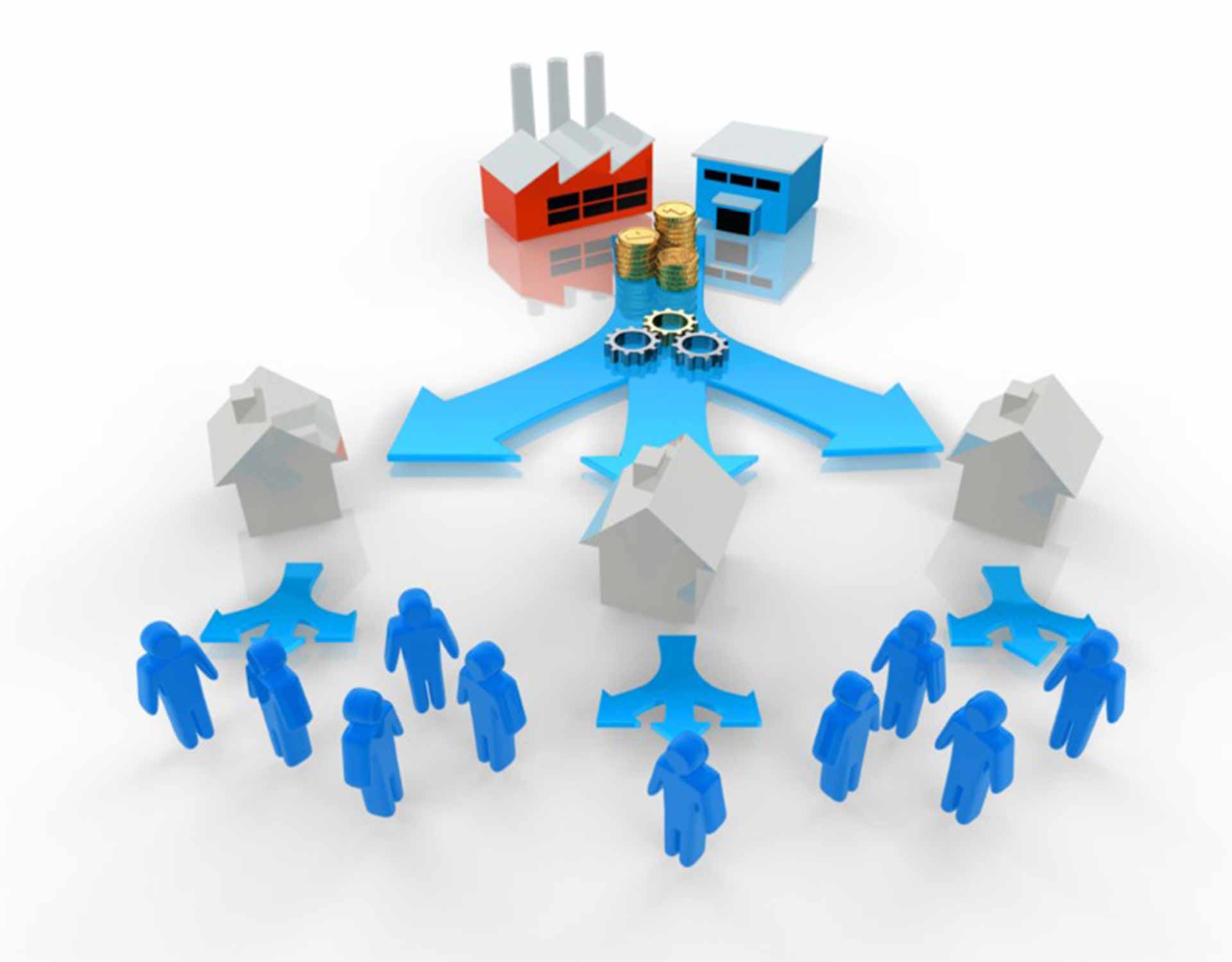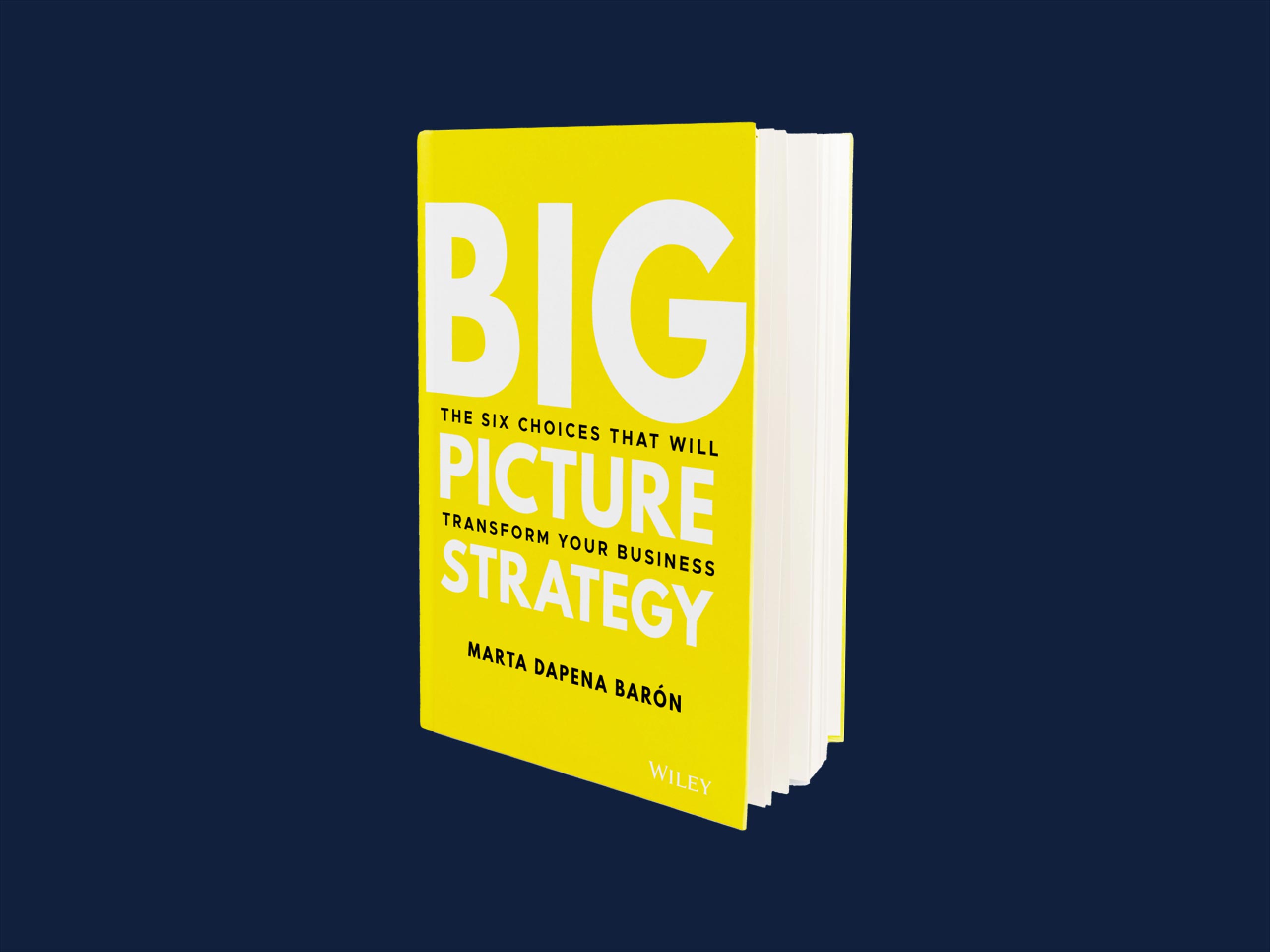A business team recently asked whether I could help develop a value proposition for their supply-chain rationalization project. The project had been developed to save on inventory costs, but it was also tweaked to benefit customers. While rationalizing the supply chain is a worthwhile goal, it does not necessarily benefit customers; in fact, reducing product and distribution costs sometimes has the unintended consequence of disrupting customer’s brand experience
.
Even in the most earnest supply-chain simplification project, an inside-out approach risks impacting customers negatively. For example, lowering stock levels might make it harder for customers to meet consumer-demand surges. Moreover, any change entails unlearning; and absent a substantive compensating benefit, process change is likely to be met with resistance.
It is not that supply-chain optimization is a bad idea, but rather that this type of change should not be conceived from the inside out, with the customer as an afterthought. The right way to frame the question is:how can simplifying the customer experience also help rationalize the supply chain? A secondary but equally important questions is: what capabilities are necessary to enable that improved experience?
Alignment is crucial here. Customer-experience improvements should be done with a secondary goal of improving value-chain efficiency. If successful, the payback from this type of effort likely goes beyond the project at hand: the member of the value chain who leads in customer experience expertise is likely to also emerge as a leader of the value chain. The reason for this is simple: becoming a customer service leader requires an intimate understanding of the customer perspective, and that intimate understanding is likely to also deliver other valuable innovation opportunities. With that preface, my advice to the team is to follow these steps in driving supply chain rationalization with the customer in mind:
First, refresh your strategic objective.
Who is your target customer, and what is the most sensible strategic focus for the effort?
Typically, this type of undertaking is intended to satisfy current customers. Do you have competition for these current customers? Could a disruption of their experience also result in a loss of wallet share? Or are these relatively stable and long-standing relationships?
The latter are likely to be much more forgiving as you tweak your go-to market process. We look for alignment between the target audience (the bodies) and the service solutions we develop. Therefore, we should maintain flexibility to potentially change the target audience depending on the outcome of our customer experience design project.
Second, map the current customer experience in the business category. Be sure to build the customer-experience map holistically and systematically, working through the steps of awareness, need recognition, search/ comparison, trial, purchase, use, and evaluation. For each of these stages in the customer experience, note the following:
- Who is involved?
- How is information flowing from and to each of the stakeholders involved? Information enables the customer to move from stage to stage, as they formulate and answer questions. What channels do they use to obtain it?
- What specific behaviors is each stakeholder undertaking?
- How do they gain access to solutions like ours?
- What do they like about our offering (or the competitive offering) at each stage?
- What do they dislike at each stage (e.g., is costly, takes time, causes anxiety)?
Build separate maps from each of the stakeholder’s perspectives, noting interactions among them.
Third, ask what opportunities exist to improve on the current customer brand experience by emphasizing what customers already like and diminishing or eliminating dislikes. In other words, how can the customer experience be improved at each stage?
Fourth, what potential solution bundles and value propositions emerge as you map the value opportunity? In other words, do groupings of improved experiential or functional brand attributes naturally fit together into easy-to-package solutions? Try to build an attribute-benefit map to understand how they group around key customer benefits (e.g., ease of adoption, availability, ease of use, performance, reliability…) and higher order values (self-respect, security, excitement, accomplishment, fulfillment,..)
Fifth, describe value-chain capabilities — for your company and any partner organizations — that would be required to deliver each of the solution bundles you mapped in the previous step. Given the required capabilities and associated cost relative to the available customer opportunity, which solution bundle or innovation opportunity looks most attractive? Could solution bundles be augmented to create a new value proposition or enhance an existing one?
Finally, consider whether the change redefines your product or service. If the proposed change is simply an enhancement or augmentation of an existing value proposition, it can be commercialized under the existing brand. If the suggested change constitutes a new business model — a significant change in the value proposition and a new set of distinctive capabilities — then consider a new brand name for the offering and an entirely new strategy. A business model change requires drastic retooling of the value chain whereas a repositioning of the brand is more often achieved by simply enhancing current capabilities.
Does one supply chain fit all your customers, or do you need segmented value chains and distinct brands to serve each segment? Ultimately, you might develop different value-chain elements to fit different customer groupings. However, customer offerings and capability decisions begin by looking at a group of customers at a time; and they require alignment of the customer experience and value-chain capabilities.


